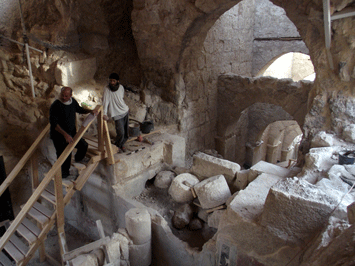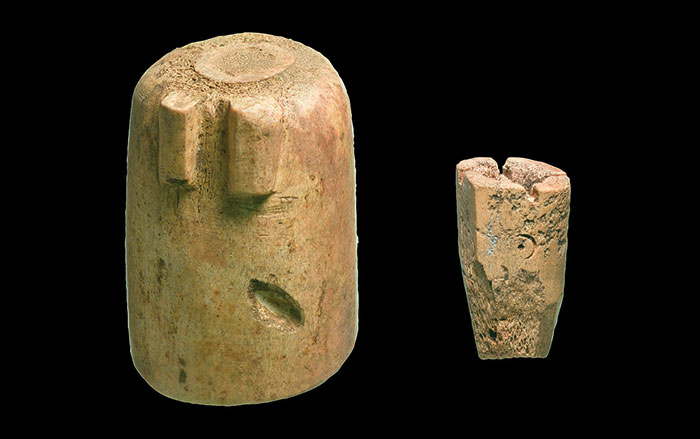
Herod, king of Judea from 37 to 4 B.C., has long been renowned as an architectural visionary, having overseen such projects as the reconstruction of the Temple of Jerusalem, the Masada palace complex, and the harbor and city of Caesarea. Now, archaeologists from the Hebrew University of Jerusalem excavating the king’s palatial complex at Herodium have uncovered evidence that Herod sometimes sacrificed extensive work on one grand construction plan in favor of another.

Researchers discovered a large corridor in the upper palace at Herodium, apparently designed to allow the king and his entourage direct access to the palace courtyard. The corridor was at least 65 feet high and supported by a network of arches, but was left unfinished and partially filled in with rubble when the king decided to turn the hilltop into a giant cone-shaped monument. “This was a huge project being done just for the sake of preserving his name,” says archaeologist Yakov Kalman. “This was probably done in the last 10 years of his life when Herod was not mentally stable.”











